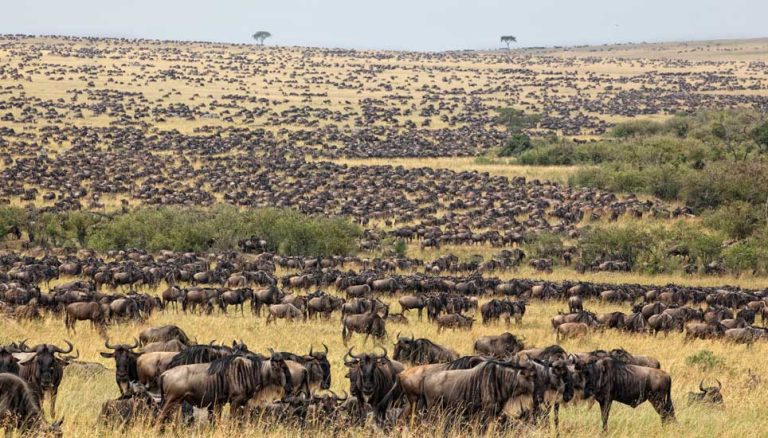Exploring the Serengeti National Park Ecosystem
The Serengeti National Park is one of the most iconic and beloved wildlife preserves in the world. Located in Tanzania, this vast expanse of savanna and woodland is home to a wide range of animals, from the majestic lion to the gentle zebra. It is also home to an incredibly diverse and delicate ecosystem, which is under threat from human activity. In this article, we will explore the Serengeti’s ecosystem, the wildlife that inhabits it, the impact of human activity, and the ways in which conservation efforts are being used to protect it.
Overview of the Serengeti
The Serengeti is a vast expanse of grassy plains, savanna, and woodland in northern Tanzania. It covers an area of over 30,000 square kilometers and is home to an incredible variety of wildlife, including lions, elephants, zebras, giraffes, cheetahs, and more. The park is also home to a unique ecosystem, including several rivers, lakes, and swamps.
The Serengeti is famous for its annual migration of wildebeest, which travel in large herds across the park in search of new grasslands. This migration is one of the most spectacular wildlife events on Earth and draws thousands of visitors each year.
Wildlife in the Park
The Serengeti is home to a wide variety of wildlife, including large mammals, reptiles, birds, and insects. The most iconic animals in the park are the big cats, such as lions, leopards, and cheetahs. Other large mammals include elephants, giraffes, zebras, and wildebeest.
The park is also home to a wide variety of smaller animals, such as gazelles, antelopes, warthogs, and hyenas. Reptiles, including crocodiles and snakes, can also be found in the park. Additionally, the park is home to a wide variety of birds, including vultures, eagles, storks, and flamingos.
Impact of Human Activity
The Serengeti is a fragile ecosystem, and human activity has had a significant impact on its wildlife and habitats. Human activities, such as poaching, illegal logging, and overgrazing, have all had a negative impact on the park. Additionally, climate change has led to shifts in rainfall patterns, which have caused drought-like conditions in the park in recent years.
These human activities have resulted in the loss of habitat for a variety of animals, as well as the displacement of many species. Additionally, the overgrazing of grasslands by livestock has led to the degradation of the park’s ecosystem.
Conservation of the Ecosystem
In order to protect the Serengeti’s ecosystem, conservation efforts are being implemented. These efforts include the enforcement of anti-poaching laws, the protection of habitats, and the reintroduction of species that have been hunted to extinction. Additionally, research is being conducted to better understand the impacts of climate change on the park’s wildlife and habitats.
In recent years, the Serengeti National Park has been declared a UNESCO World Heritage Site, which has provided additional protection for the park’s ecosystem. Additionally, a number of conservation organizations, such as the African Wildlife Foundation, are working to protect the park’s wildlife and habitats.
The Serengeti National Park is home to an incredibly diverse and delicate ecosystem, which is under threat from human activity. Fortunately, conservation efforts are being implemented to protect the park’s wildlife and habitats. By working together, we can ensure that the Serengeti’s ecosystem is preserved for future generations.

